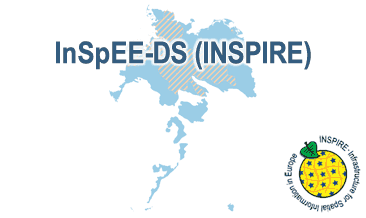| Publikation | 27.02.23 |
|---|
| SW Länge/Breite | NO Länge/Breite | |
|---|---|---|
| 5.882°/47.411° | 15.228°/55.02° |

| Identifikator | https://registry.gdi-de.org/id/de.bund.bgr.csw/2f4f4eae-8a8c-2190-fad2-fb46771eaad5 |
|---|---|
| Fachliche Grundlage | The InSpEE-DS (INSPIRE) GML files are based on the InSpEE-DS spatial dataset (Flat layered salts in Germany) transformed according to INSPIRE |
| Art des Dienstes | view |
|---|---|
| Version | OGC:WMS 1.3.0 |
| Name der Operation | Beschreibung der Operation | Aufruf der Operation |
|---|---|---|
| GetCapabilities | https://services.bgr.de/wms/inspire_ge/inspee_ds/? | |
| GetMap | https://services.bgr.de/wms/inspire_ge/inspee_ds/? |
| Spezifikation der Konformität | Spezifikationsdatum | Grad der Konformität | Geprüft mit |
|---|---|---|---|
| Technical Guidance for the implementation of INSPIRE View Services | 04.04.13 | See the referenced specification | |
| VERORDNUNG (EG) Nr. 976/2009 DER KOMMISSION vom 19. Oktober 2009 zur Durchführung der Richtlinie 2007/2/EG des Europäischen Parlaments und des Rates hinsichtlich der Netzdienste | 20.10.09 | See the referenced specification |
| Name | Version | Kompressionstechnik | Spezifikation |
|---|---|---|---|
| png | n/a | ||
| jpeg | n/a | ||
| gif | n/a |
| Objekt-ID | numis-metadaten-2846c07b-16a3-4b6a-9d1e-df6e45c545ed |
|---|---|
| Aktualität der Metadaten | 23.04.25 |
| Sprache Metadatensatz | Englisch |
| XML Darstellung | Metadaten als XML herunterladen |
| Ansprechpartner (Metadatum) | geodatenmanagement@bgr.de |